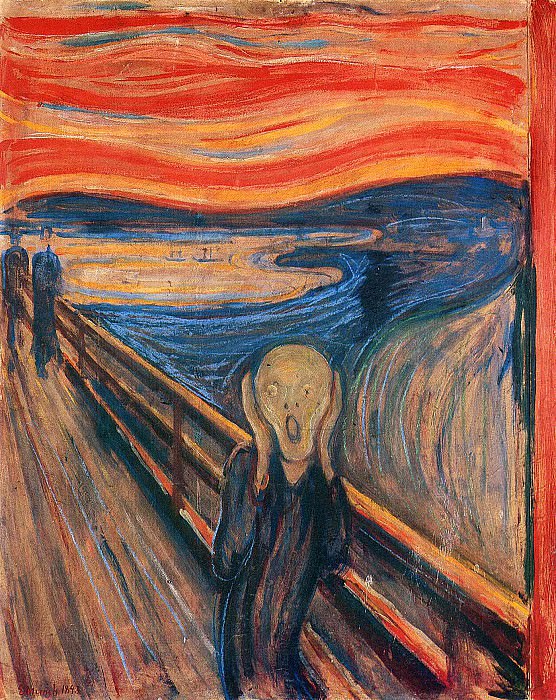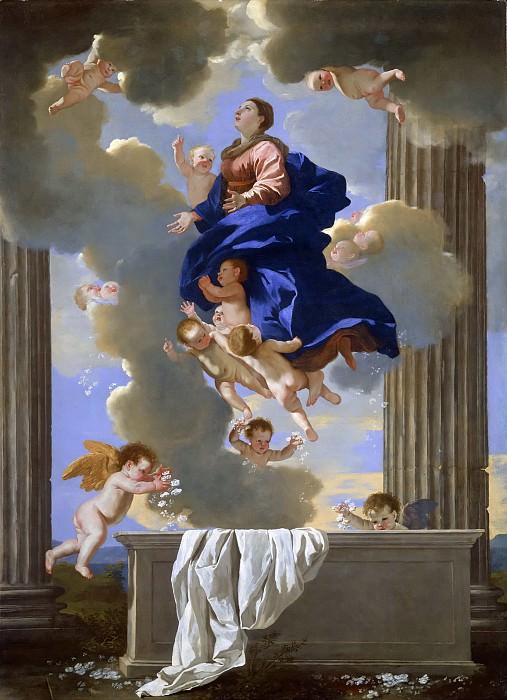Introduction to Modernist Art
Modernist art, a movement that emerged in the late 19th and early 20th centuries, marks a significant shift from traditional forms of art and a response to the rapid changes in society. This period of art is characterized by a deliberate departure from historical styles and conventions, favoring innovation and experimentation.
Origins and Influences
Modernist art was influenced by the industrial revolution, which brought about significant changes in society, economy, and technology. The rapid urbanization and the growth of cities created a new environment that was ripe for artistic exploration. Artists sought to capture the essence of modern life, reflecting the complexities and dynamism of their time.
Key Characteristics
Modernist art is distinguished by its emphasis on abstraction, experimentation with form and color, and a rejection of realistic representation. Artists embraced new materials and techniques, pushing the boundaries of what art could be. The focus shifted from depicting the external world to expressing the artist's inner vision and emotions.
Notable Movements within Modernism
Several movements emerged under the umbrella of modernist art, each contributing to the broader narrative of the movement.
Impressionism
Impressionism, one of the earliest modernist movements, began in the late 19th century. Artists like Claude Monet and Pierre-Auguste Renoir focused on capturing light and color in their works. They used loose brushwork and vibrant colors to convey the fleeting effects of light and atmosphere.
Cubism
Cubism, pioneered by Pablo Picasso and Georges Braque, revolutionized the way art depicted reality. Instead of presenting a single viewpoint, cubist works fragmented objects into geometric shapes, offering multiple perspectives simultaneously. This approach challenged traditional notions of perspective and representation.
Expressionism
Expressionism emerged in Germany in the early 20th century, characterized by a focus on emotional experience over physical reality. Artists like Edvard Munch and Ernst Ludwig Kirchner used distorted forms and bold colors to convey their psychological and emotional responses to the world.
Futurism
Futurism, originating in Italy, celebrated technology, speed, and modernity. Artists such as Umberto Boccioni and Giacomo Balla sought to capture the dynamic energy of the modern world, depicting movement and progress through fragmented forms and vibrant colors.
Surrealism
Surrealism, led by figures like Salvador Dalí and André Breton, explored the unconscious mind and the world of dreams. Surrealist artists used bizarre imagery and unexpected juxtapositions to challenge rational thought and provoke the viewer's imagination.
The Impact of Modernism on Art and Society
Modernist art had a profound impact on both the art world and society at large. It challenged traditional boundaries and encouraged artists to explore new ways of seeing and interpreting the world. The movement also reflected broader cultural and intellectual trends, including developments in psychology, philosophy, and politics.
Prominent Modernist Artists
Numerous artists played pivotal roles in shaping modernist art, each bringing their unique perspectives and techniques to the movement.
Pablo Picasso
Pablo Picasso is perhaps the most iconic figure of modernist art. His innovative approach to form and space in works like "Les Demoiselles d'Avignon" and "Guernica" revolutionized artistic expression and set the stage for future developments in modern art.
Vincent van Gogh
Although his work predated the peak of modernism, Vincent van Gogh's emotive use of color and brushwork laid the groundwork for expressionist and post-impressionist movements. His intense and often turbulent depictions of landscapes and still lifes continue to influence artists today.
Henri Matisse
Henri Matisse's use of color and form made significant contributions to modernist art. His works, characterized by bold colors and simplified forms, explored the relationship between shape and color, challenging traditional artistic conventions.
Marcel Duchamp
Marcel Duchamp's provocative works, including his ready-mades like "Fountain," questioned the very definition of art. By presenting everyday objects as art, Duchamp challenged viewers to reconsider their perceptions and assumptions about artistic value.
The Evolution of Modernist Art
Modernist art continued to evolve throughout the 20th century, giving rise to various offshoots and influencing subsequent movements. Postmodernism, for example, emerged as a reaction against modernism, embracing irony, pastiche, and a more fragmented approach to art and culture.
Modernist Art in the Contemporary World
Today, the legacy of modernist art is evident in numerous aspects of contemporary art. The emphasis on innovation, experimentation, and challenging conventions continues to inspire artists across the globe. Contemporary artists draw on the principles of modernism while incorporating new technologies and addressing current social and political issues.
Conclusion
Modernist art represents a pivotal moment in the history of art, characterized by its break from tradition and its embrace of new forms and ideas. Through its various movements and influential figures, modernism has left an indelible mark on the art world, shaping the way we perceive and create art. The movement's legacy endures, reminding us of the power of artistic innovation and the importance of continually pushing the boundaries of creative expression.




